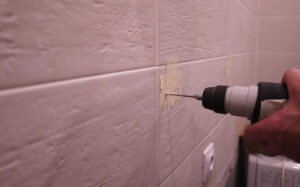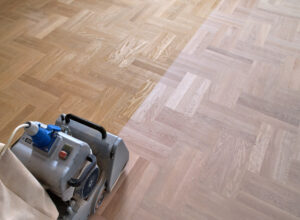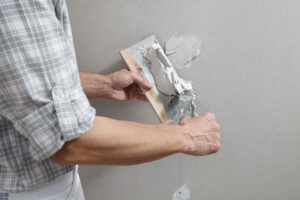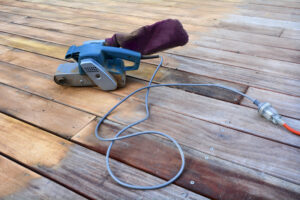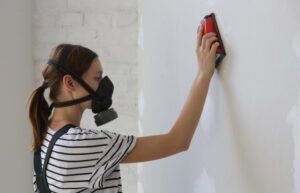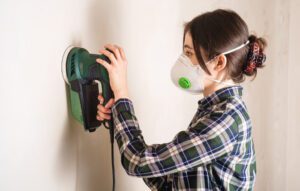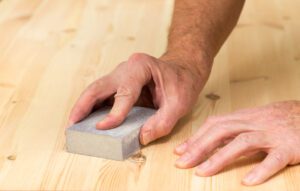When it comes to painting a room with gloss paint, choosing the right roller is crucial for achieving a stunning finish. The quality of the paint is important, but the tools you use can make a significant difference in the end result. By investing in the right type of roller, you can ensure better coverage, smoother application, and a professional-looking gloss finish on your walls. Let’s explore the different factors to consider when selecting a roller for gloss paint.

When selecting a roller for gloss paint, there are several factors to keep in mind. First, consider the width of the roller. If you’re painting a large, flat area like a wall or ceiling, opt for a larger roller for faster coverage. For trimming or narrower areas, a smaller roller will be more suitable.
Choosing the Right Roller for Gloss Paint
When it comes to achieving a flawless gloss finish on your walls, selecting the right roller is essential. The roller width plays a crucial role in determining the speed and coverage of your painting project. For larger, flat areas like walls or ceilings, opt for a wider roller to cover more surface with each stroke. This will save you time and effort. On the other hand, for trimming or narrower sections, a smaller roller will provide more precision and control.
Another important factor to consider is the nap of the roller. The nap refers to the thickness of the fabric on the roller cover. For gloss paint, it’s best to choose a roller with a shorter nap, typically around 3-5mm. This will help achieve a smoother finish and prevent excessive texture or stippling on the painted surface. A shorter nap roller is also easier to clean and maintain.
The quality of the roller itself is also vital for achieving professional results. Look for a roller with a sturdy frame and high-quality materials. A roller with a durable and comfortable handle will make your painting experience more enjoyable and efficient. Additionally, consider investing in a roller that has a removable cover. This will allow you to easily replace or switch to a new roller cover if needed, without having to purchase an entirely new roller.
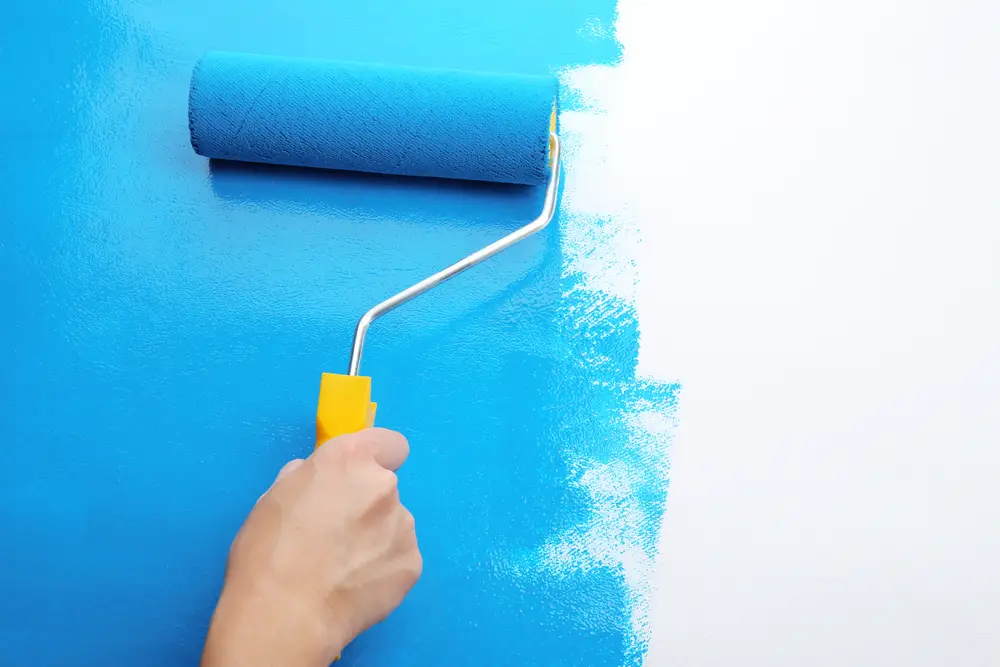
Key Points:
- Choose a wider roller for large, flat areas and a smaller roller for trimming or narrower sections.
- Opt for a roller with a shorter nap (around 3-5mm) to achieve a smoother finish.
- Invest in a roller with a sturdy frame, high-quality materials, and a comfortable handle.
- Consider a roller with a removable cover for easy replacement and versatility.
By taking into account the roller width, nap, and quality, you can ensure a successful painting project with a stunning gloss finish. The right roller will allow you to achieve even coverage, smooth application, and a professional-looking result. So, before you start your next painting endeavor, make sure to select the perfect roller for your gloss paint needs.
Tips for Choosing the Right Paint Brush
When it comes to achieving precise and detailed work with gloss paint, brushes are an essential tool. Here are some tips to help you choose the right paint brush:
Natural Brushes vs. Synthetic Brushes
Consider the type of bristles when selecting a paint brush. Natural brushes, typically made from animal hair, are known for their excellent paint pick-up and smooth application. They are ideal for oil-based gloss paints. On the other hand, synthetic brushes, made from nylon or polyester, are better suited for water-based gloss paints as they don’t absorb water and maintain their shape. They are also more durable and easier to clean.
Brush Size and Shape
The size and shape of the brush play a significant role in achieving the desired results. For larger areas, such as walls, ceilings, or large furniture, opt for a larger brush with a wide, flat shape. This allows for faster coverage and smoother application. For intricate details and smaller areas, a smaller brush with a tapered or angled shape will provide more control and precision.
Brush Quality
Investing in a high-quality paint brush is worth it in the long run. A well-made brush will hold more paint, provide smoother strokes, and last longer. Look for brushes with sturdy handles and bristles that are firmly secured. Take the time to examine the brush’s bristles and ensure they are evenly cut and free of stray hairs. Remember, a quality brush will make a noticeable difference in the overall finish of your gloss paint job.
By considering these factors and selecting the right paint brush, you can achieve professional-level results when working with gloss paint. Whether you’re tackling a small DIY project or a larger painting job, choosing the right brush will ensure precision, control, and a flawless finish.
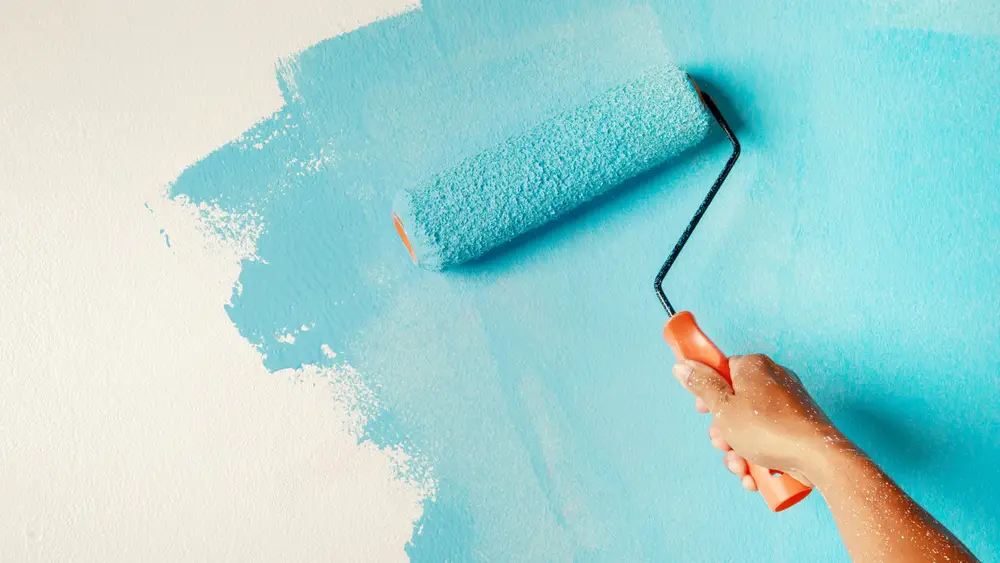
FAQ
What type of roller do you need for gloss paint?
When painting with gloss paint, it’s important to choose the right roller for a stunning finish. The type of roller you need will depend on the size and type of surface you’re painting. For large, flat areas like walls and ceilings, opt for a larger roller for faster coverage. For trimming or narrower areas, a smaller roller will be more suitable.
How do I choose the right roller for gloss paint?
When choosing a roller for gloss paint, consider factors such as the roller width, the nap (the thickness of the roller cover), and the type of paint’s finish you desire. A wider roller will provide faster coverage for large areas, while a smaller roller is better for detailed work. A longer nap will hold more paint and create a textured finish, while a shorter nap will result in a smoother finish. Additionally, investing in a high-quality roller will ensure better coverage and a professional-looking gloss finish.
What tips can you give me for choosing the right paint brush?
While rollers are great for painting large areas with gloss paint, brushes play a crucial role in achieving precise and detailed work. When choosing a paint brush, consider whether you prefer natural brushes or synthetic brushes. Natural brushes are best for oil-based gloss paint, while synthetic brushes are suitable for water-based gloss paint. Additionally, consider the size and shape of the brush, with angled brushes being useful for cutting in and trim work. Lastly, invest in a high-quality brush for better application and a smoother finish.
- Drill Battery Maintenance: Essential Tips for Cordless Drill Battery Care - February 5, 2024
- Troubleshooting Drill Issues - February 5, 2024
- Quick Drilling Techniques - February 2, 2024

